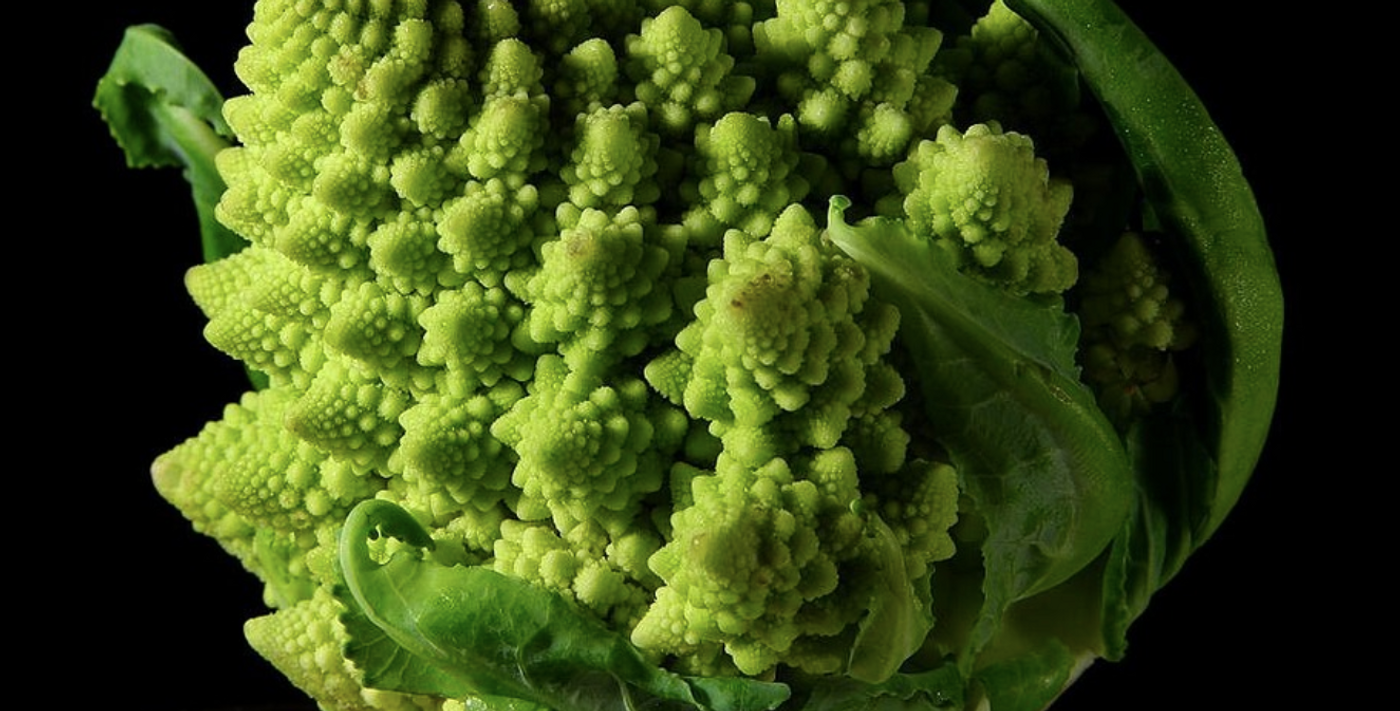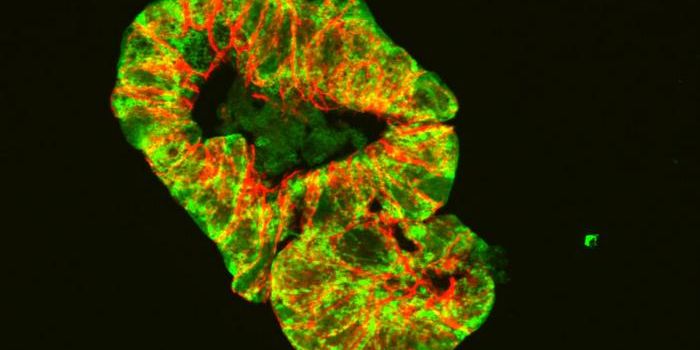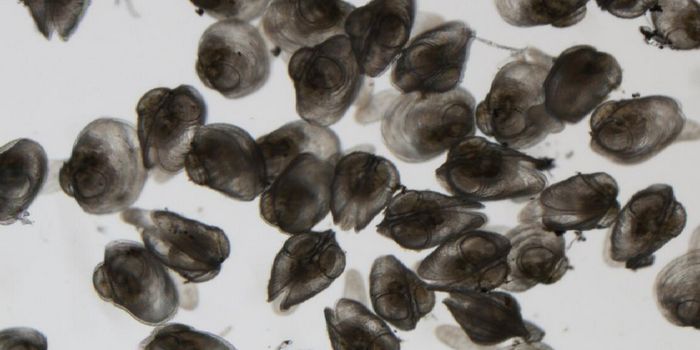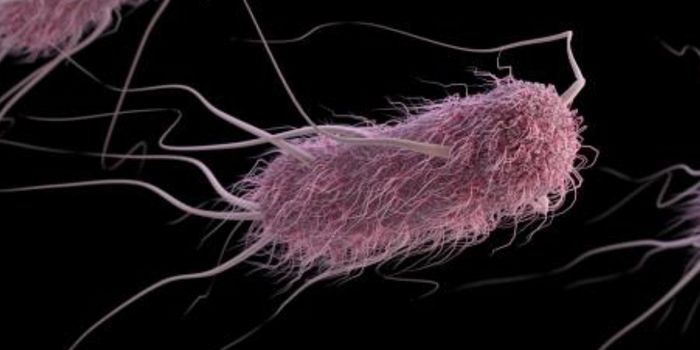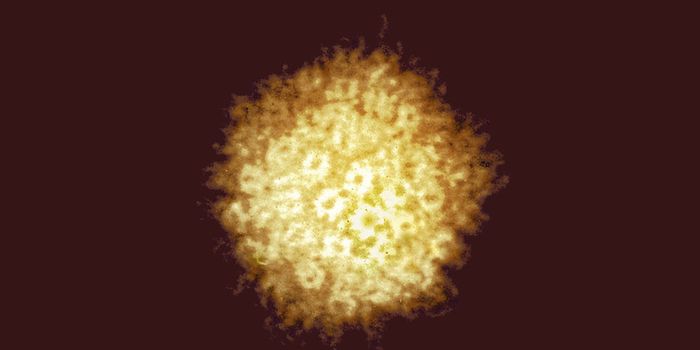How Veggies Can Help You Fight a Lung Infection
A healthy diet that includes vegetables can provide many benefits. Scientists have now shown that cruciferous vegetable like broccoli, cauliflower, and kale contain molecules that are ligands for the aryl hydrocarbon receptor (AHR), and stimulate it to activate certain genes. Some of these activated genes provide protection to epithelial cells in the lung, boosting protection against respiratory viruses; other genes help turn the system down, providing it with a self-regulatory mechanism. The findings have been reported in Nature.
A layer of endothelial cells and a layer of epithelial cells compose the lung barrier, which has to be thin enough to allow oxygen to pass through but strong enough to prevent bacteria, viruses, pollution, and other harmful substances from entering.
In this study, the researchers used a mouse model to investigate how AHR affected this barrier. In mice exposed to the flu virus, the barrier was damaged, and blood leaked into the airspaces in the lungs. But when AHR was overactivated, there was less blood in the airspace, suggesting that some damage was prevented. When AHR activity was increased, mice that were infected with flu also lost less weight and were better at fighting off an additional bacterial infection compared to mice without enhanced AHR activity.
When AHR activity was prevented in mouse lung endothelial cells, and these engineered mice were exposed to the flu, there was an increase in blood and immune cells in the airways, suggesting that damage to the lung barrier was exacerbated.
Flu infections also reduced the protective action of AHR, but only when mice were fed AHR ligands before and after they were exposed to the virus. The study authors suggested that this indicates food consumption is linked to how the flu affects the body. Mice don't eat as much food when they are sick, and they don't take in as many AHR ligands, lowering AHR activity and reducing protection, which leads to more lung damage during flu infections.
Although the flu reduced AHR activity, it was still better for mice to receive high levels of AHR ligands. Mice on an AHR ligand-rich diet had a stronger lung barrier and suffered less lung damage when they had the flu compared to flu-infected mice that got a normal diet. While the protection conferred by AHR is impaired during an infection, the right diet can improve this activity.
“People may be less likely to maintain a good diet when they’re ill, so aren’t taking in the molecules from vegetables which make this system work," said study co-author Andreas Wack, Group Leader of the Immunoregulation Laboratory at the Francis Crick Institute. "It’s a good idea to eat lots of cruciferous vegetables anyway, but this shows it’s even more important to continue eating them when you’re ill!”
This system is a gut-lung axis that connects diet to lung infection prevention through endothelial cells, suggested first study author Jack Major, PhD.
Sources: Francis Crick Institute, Nature
